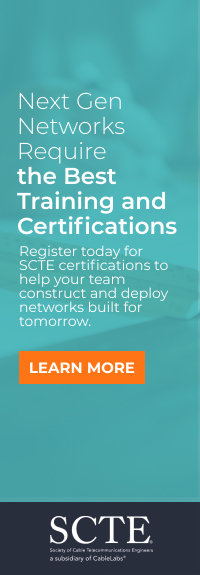Why AI & AR/VR Can Help Aerospace Manufacturers Like Boeing Improve Design and Maintenance of Aircrafts
For maintenance, AR overlays maintenance instructions onto physical aircraft components, guiding technicians through complex procedures.
digital twins also inform continuous design improvements, creating a feedback loop that enhances future aircraft generations based on real-world performance data.
AR and VR in Aircraft
Assembly & Maintenance
AR and VR technologies enable engineers to visualize and interact with 3D models of aircraft components during the assembly process. This not only improves precision but also reduces the likelihood of errors. Remote Assistance: AR allows experts to provide real-time guidance to technicians on the assembly line, even if they are located remotely. This is particularly valuable in a globalized industry where experts may not always be physically present.
AR and VR for Workforce Enablement
Beyond design and direct maintenance, AR and VR plays a substantial role in workforce enablement for manufacturing teams, addressing the critical need for effective training and knowledge transfer. AR and VR-based training programs provide realistic simulations for pilots, ground crew, and maintenance personnel. This hands-on training enhances skills, improves decision-making under pressure, and contributes to overall safety. New hires can immerse themselves in virtual environments that replicate real-world assembly lines, allowing them to practice complex procedures in a safe, repeatable, and controlled setting without tying up actual machinery or components. This accelerates the learning curve and builds confidence.
For maintenance, AR overlays maintenance instructions onto physical aircraft components, guiding technicians through complex procedures. This ensures accuracy and reduces the learning curve for new technicians. This "on-the-job" guidance reduces errors and improves efficiency, especially for intricate tasks. Furthermore, AR and VR can facilitate knowledge sharing among experienced and novice employees. Senior technicians can create AR-guided workflows that capture their expertise, providing a valuable resource for less experienced colleagues and ensuring critical institutional knowledge is retained and disseminated effectively.
The Importance of 3D & AI in Immersive Mixed Reality
One of the key requirements for engineering teams and mixed reality applications is to precisely overlay on an object its model or the digital twin. This helps provide work instructions for assembly and training and catches any errors or defects in manufacturing.
The user can also track the object(s) and adjust the rendering as the work progresses. Most on-device object tracking systems use 2D image and marker-based tracking. This severely limits overlay accuracy in 3D because 2D tracking cannot estimate depth with high accuracy and, consequently, the scale and the pose. This means that even though users can get what looks like a good match when looking from one angle and position, the overlay loses alignment as the user moves around in 6DOF.
Aerospace design teams are overcoming these challenges by leveraging 3D environments and AI technology into their immersive mixed-reality design and build projects. Deep learning-based 3D AI allows users to identify 3D objects of arbitrary shape and size in various orientations with high accuracy in the 3D space. This approach is scalable with any arbitrary shape. It is amenable to use in enterprise use cases requiring rendering overlay of complex 3D models and digital twins with their real-world counterparts.
Why Working in a Cloud Environment is Crucial
Aerospace designers and manufacturers should be cautious in how they design and deploy these technologies because there is a significant difference in the platform on which they are built and maximized for use. Even though technologies like AR and VR have been in use for several years, many manufacturers have deployed virtual solutions on devices where all the technology data is stored locally, severely limiting the performance and scale needed in today’s virtual designs. It limits the ability to conduct knowledge sharing between organizations, which can be critical when designing new products and understanding the best way for virtual buildouts.
Aerospace manufacturers today are overcoming these limitations by leveraging cloud-based (or remote server-based) AR and VR platforms powered by distributed cloud architecture and 3D vision-based AI. These cloud platforms provide the desired performance and scalability to drive industry innovation at speed and scale.
By integrating these technologies, aerospace manufacturers can streamline their operations, continue to focus on improving the success of their maintenance procedures, reduce costs, and enhance both customer and facility team experiences.



















